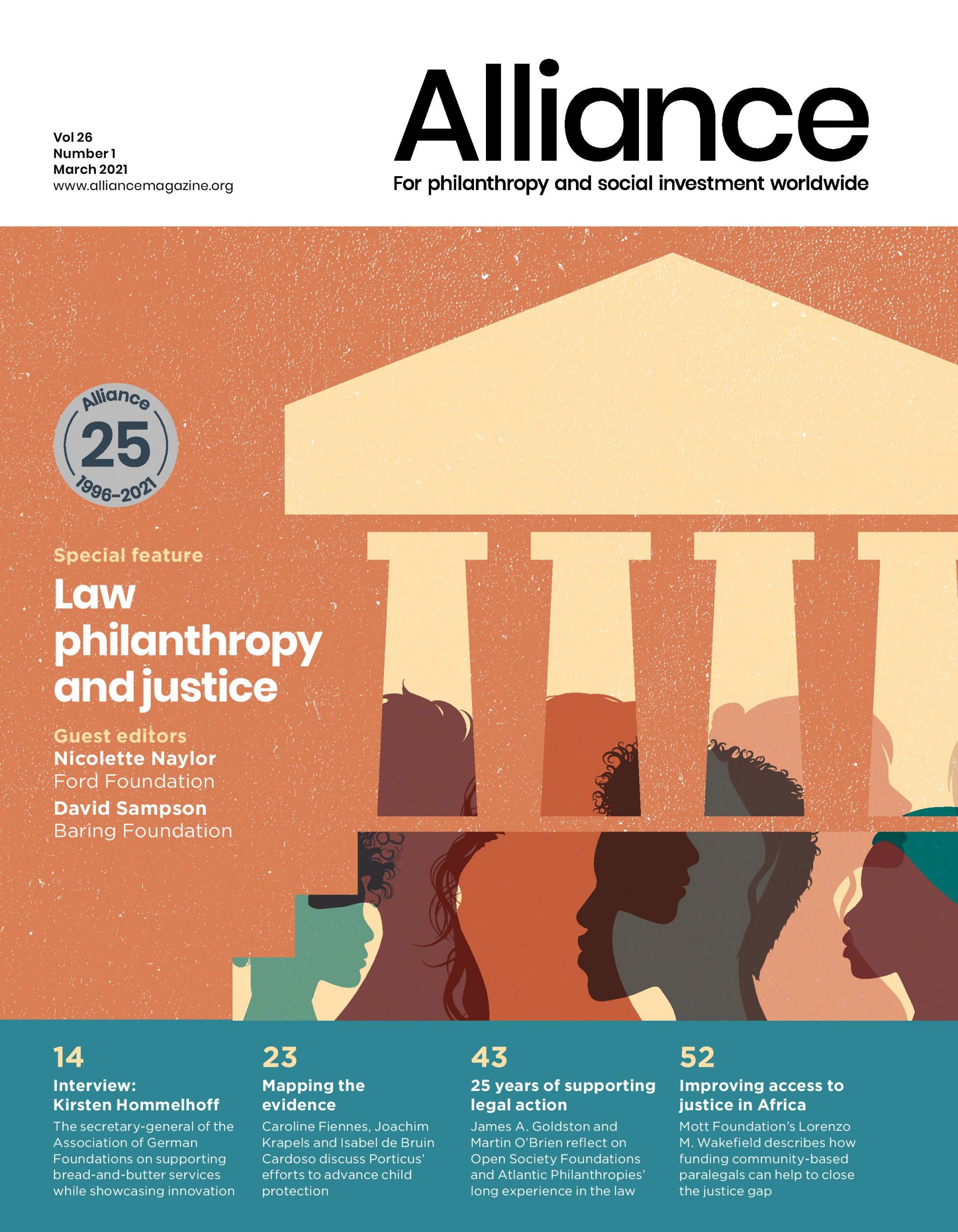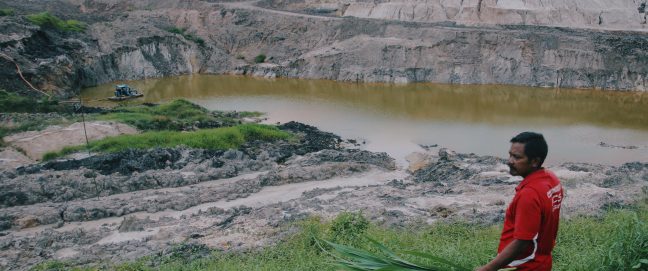Porticus has been using rigorous published evidence and experiential learning to increase its effectiveness. Here’s the story so far
In order to make its grantmaking in child protection more effective, Porticus, an international philanthropic organisation which focuses on creating a more just and sustainable world, has been collecting evidence and learnings from two sources. First, the formal evaluation literature – we searched for relevant impact evaluations and analysed what they say. Second, we collected insights from Porticus’ grantmakers based on their daily work. Here, we describe our work to date.
Evidence from the evaluation literature
So where is the evidence? Porticus commissioned Giving Evidence and partners to produce an ‘evidence and gap map’ (EGM). We looked at the full range of institutional responses to child abuse, and searched both academic and non-academic literature for relevant studies. We chose to include only ‘what works’ studies – also called impact evaluations or effectiveness studies. This is not because they are the sole type of evidence that matters – they’re not – but because they were the priority. Each study that we included examines the effect of (at least) one intervention of interest on (at least) one outcome of interest. We display them graphically on to a grid. EGMs are fairly new but by convention the grid’s rows show interventions and the columns show outcomes: a study examining the effect of Intervention X on Outcome Y appears in the cell XY; a study examining several interventions (and/or several outcomes) appears in several cells. The resulting map shows where the evidence is concentrated, where it is sparse, and where there are no studies.
Subscribe now from only £45 a year!
This article is only available for our subscribers
Existing users can login here






